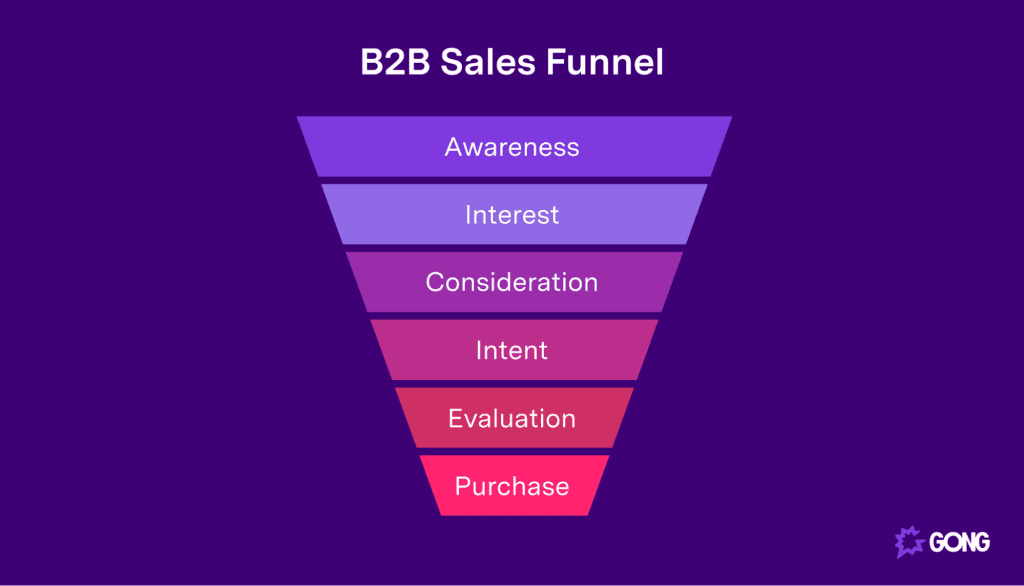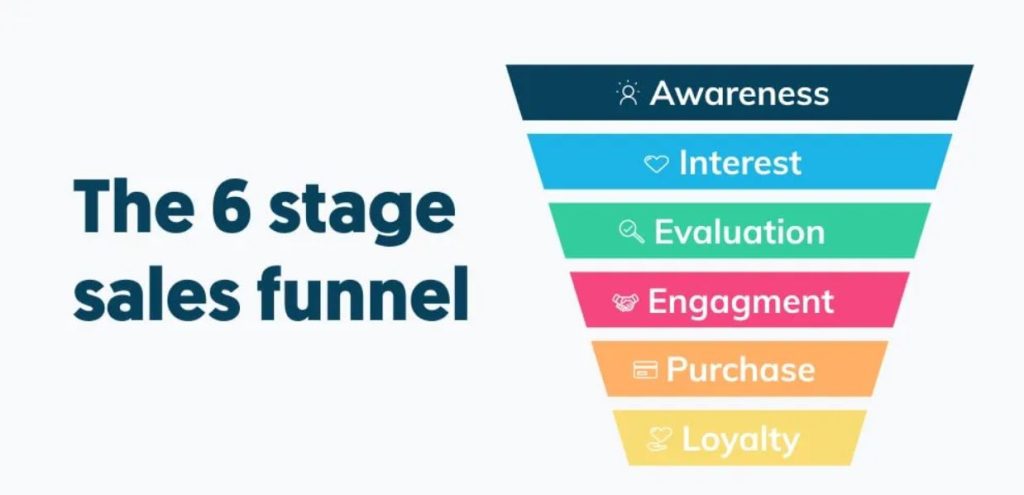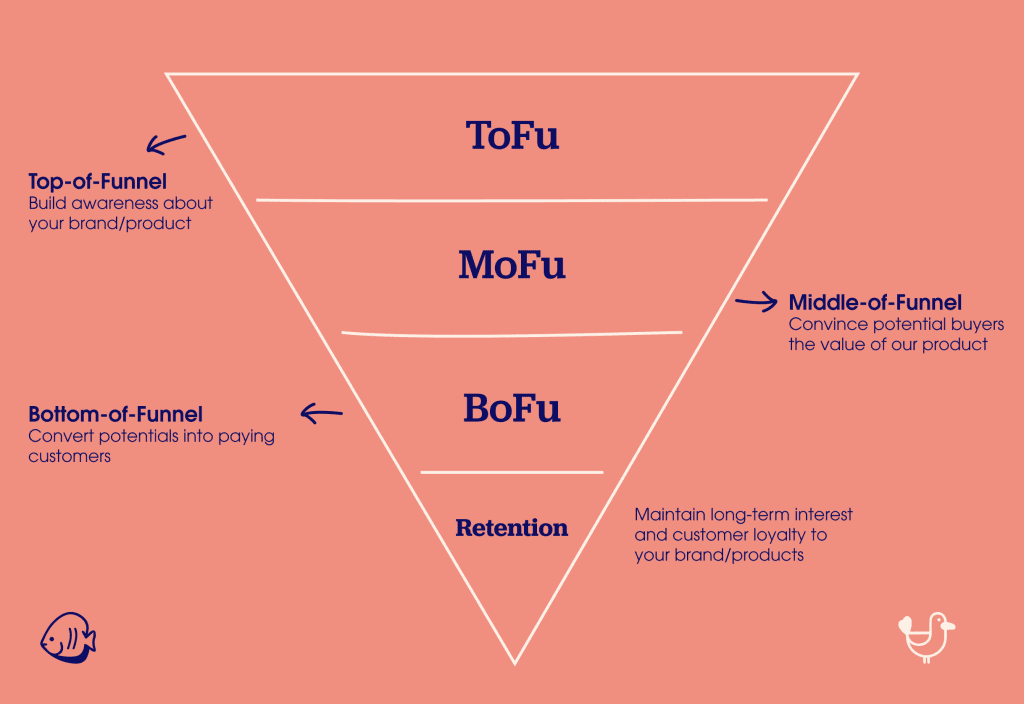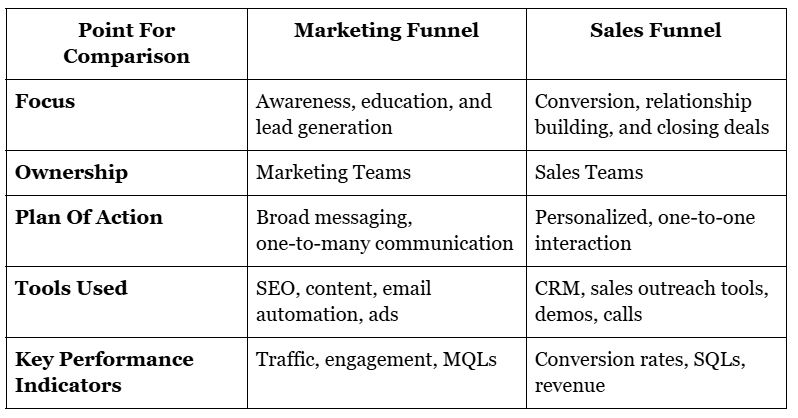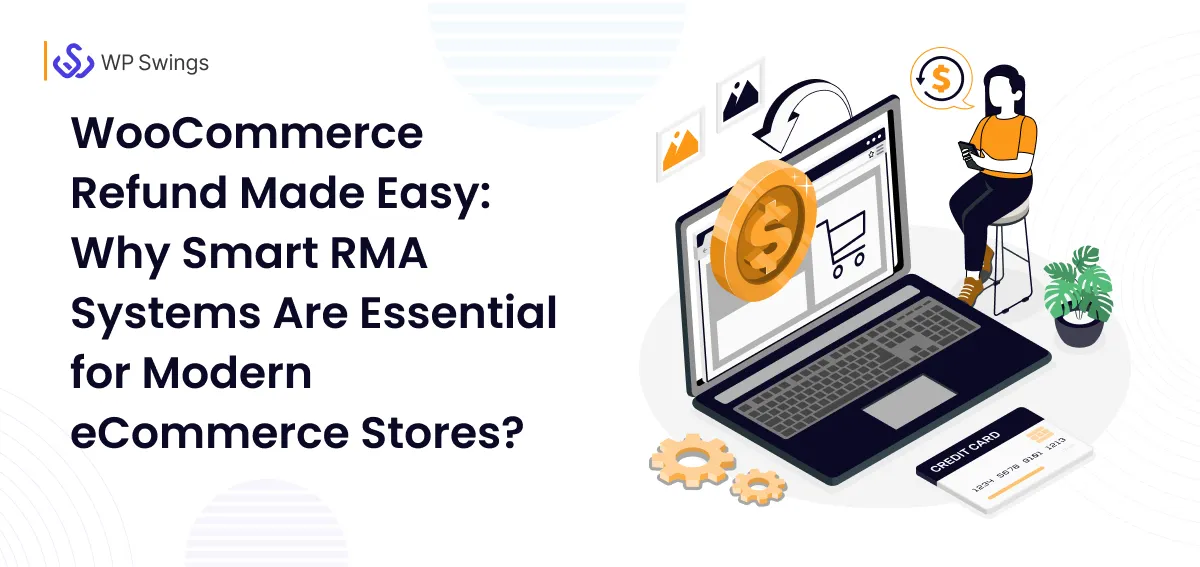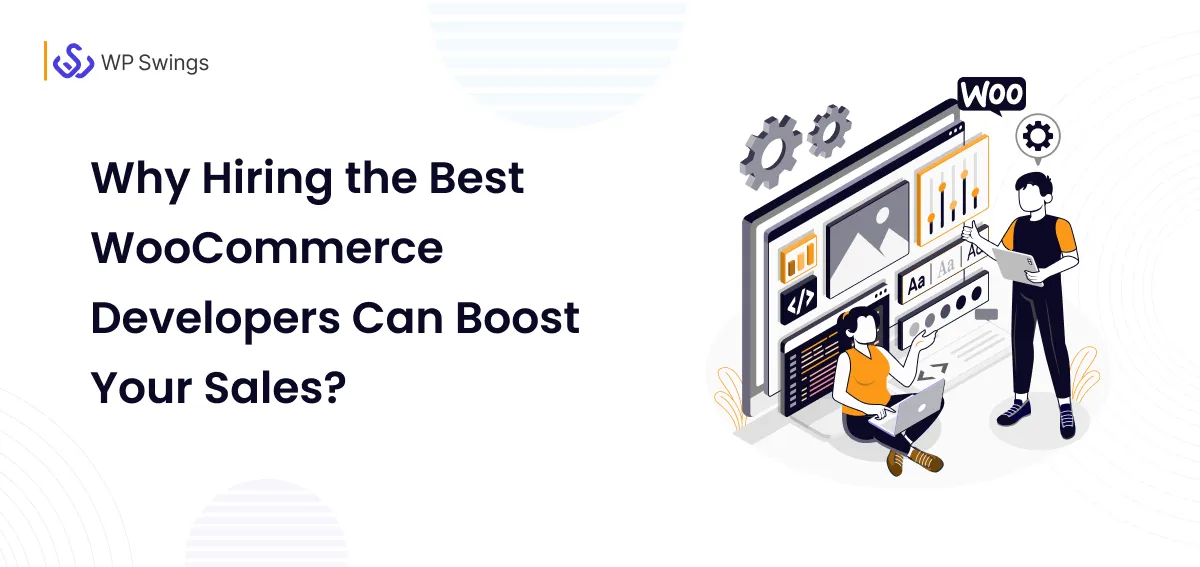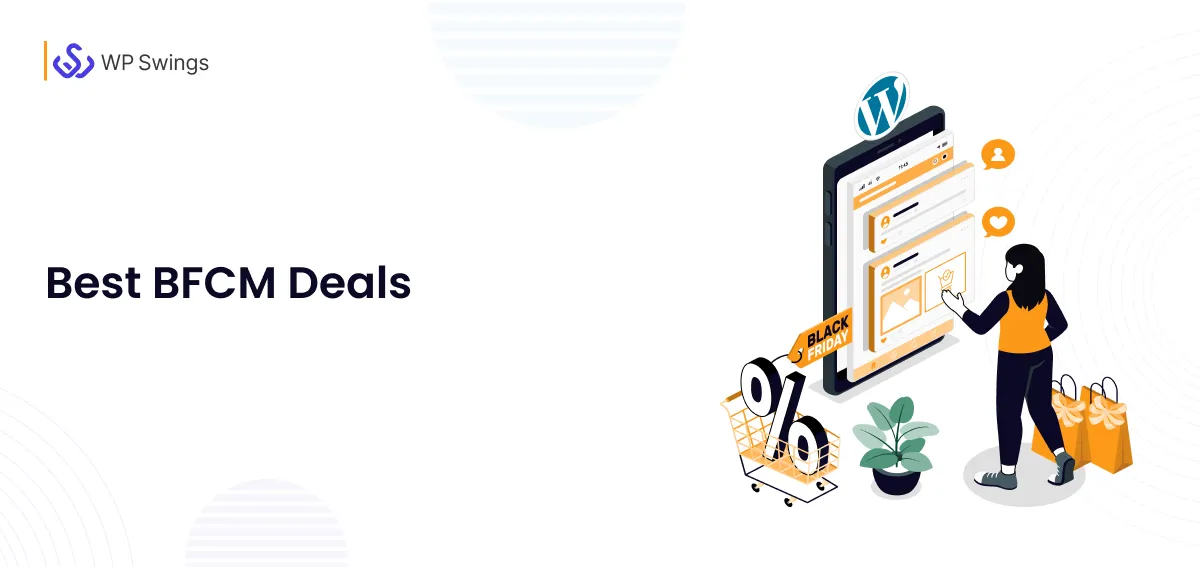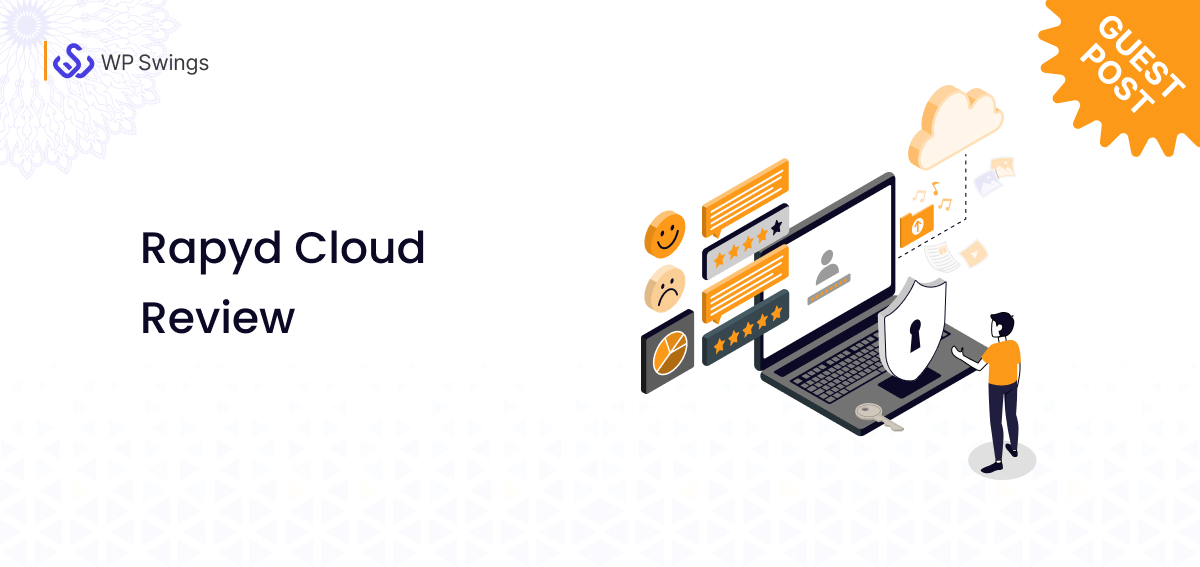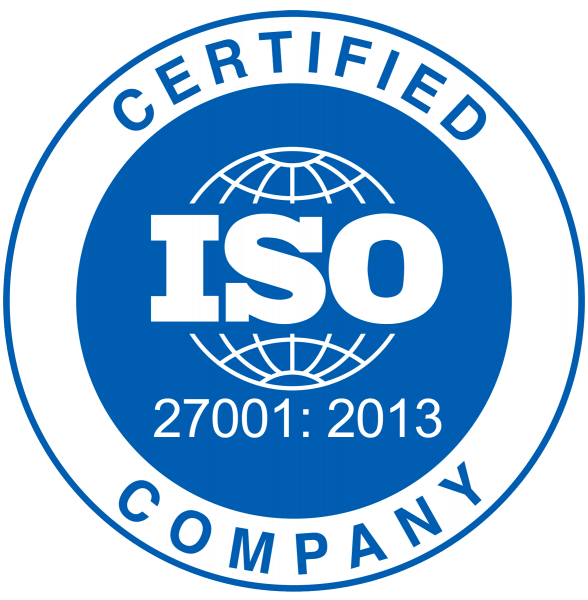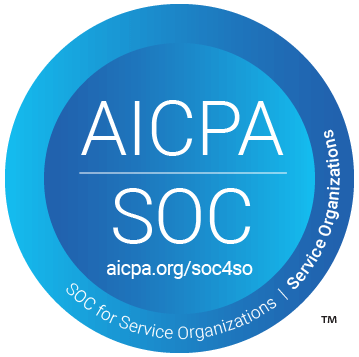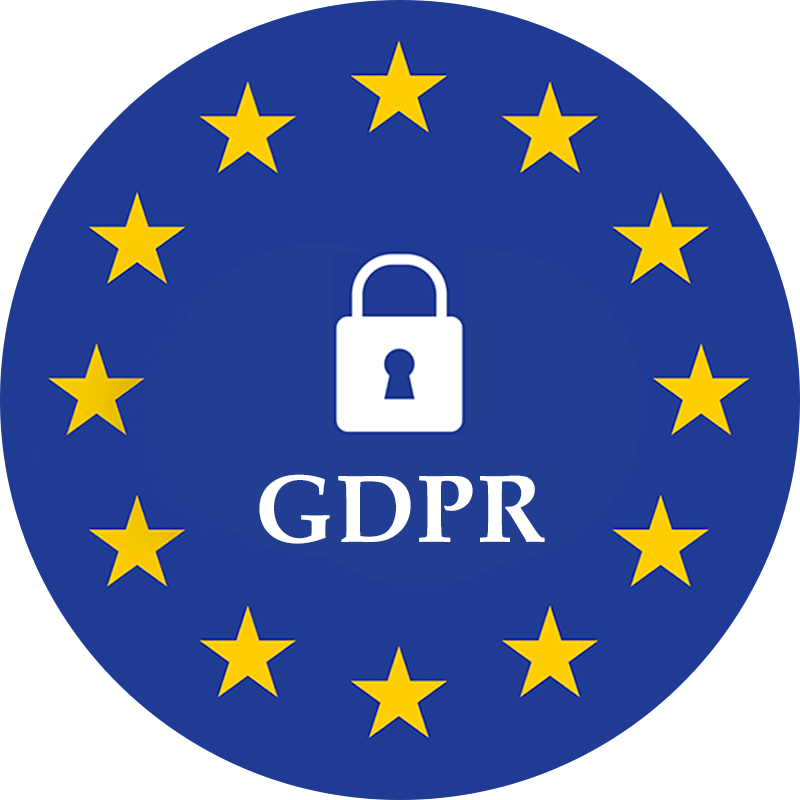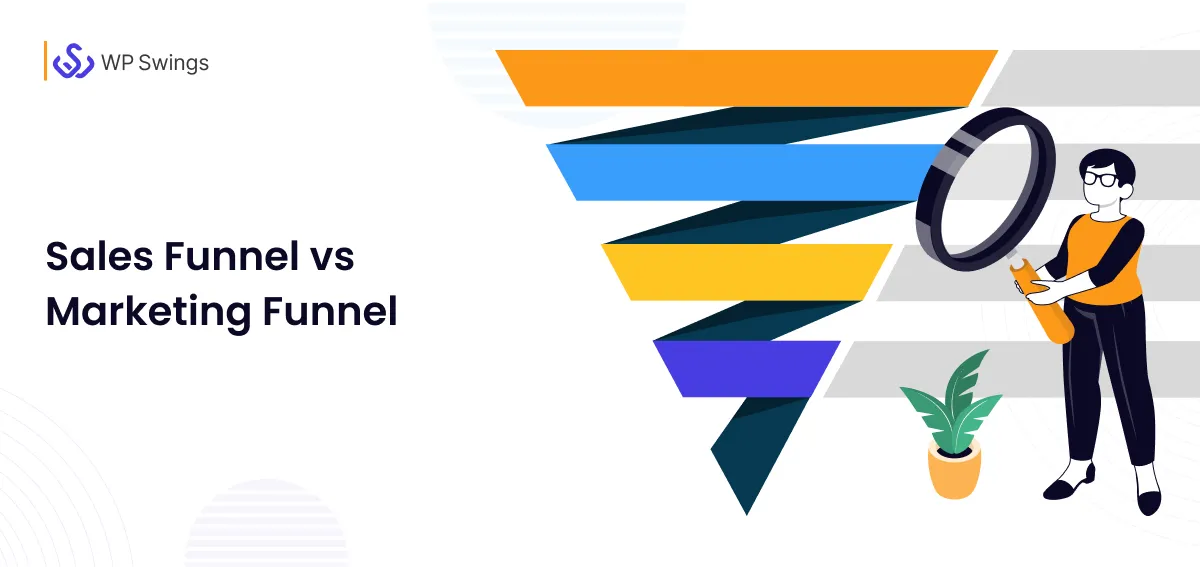
When it comes to running a successful eCommerce business, both the sales and marketing funnel are pivotal, but they follow the same roadmap. While the sales funnel is about sealing the deal and converting leads into customers, the marketing funnel is focused on creating awareness and nurturing interest. So, Sales Funnels vs. Marketing Funnels – Which Drives More Conversions? Most importantly, how can they co-exist in today’s competitive marketplace?
In this blog, we will break down different stages, strategies, and a plan of action for each funnel by drawing a competitive analysis of both methods.
In This Blog, You’ll Learn…
(Jump to the section that interests you the most!)
What Is A Sales Funnel?
A Sales Funnel is a structured pathway that guides your customers toward the final purchase. It is also a visual representation of the buyer’s journey—from the first point of contact with your business to the final purchase decision.
Let’s understand where the term “funnel” comes into play. As you can see, it typically starts wide at the top, which means capturing a broader group of potential customers who can be made aware of your product or service easily.
But as they progress through each stage, their interest deepens, and only the most qualified buyers make it to the bottom, where they become potential buyers. Thus, the name “funnel”. Sales funnels are designed to help business owners identify difficulties in the buying process, enhance their sales approach, and deliver the right message at the right time.
It can be by sending personalized emails, product demos, limited-time offers, or direct outreach. Treat each stage of the sales funnel as an opportunity to overcome objections and close the final sale. Analyzing the sales funnel is not just about making a sale, but also about building a repeatable, predictable system that turns leads into loyal customers. A cold email tool supports this process by automating outreach, personalizing communication, and helping nurture leads more effectively through each funnel stage while sales engagement platform tools help teams manage follow-ups, track buyer interactions, and maintain consistent communication across multiple touchpoints.
Inside the Advertising Funnel: Key Stages That Drive Sales & Actionable Strategies
In order to get an in-depth understanding of the sales funnel, it is important to dissect each stage of the funnel. These stages guide the customers from being curious about your product to committing to making the final decision. Each stage of the funnel has its importance and plays a critical role in addressing the requirements of the customers and nurturing the developed leads at the right time. Incorporating modern advertising methods at each stage of the funnel can significantly improve how effectively you convert prospects into customers
Let’s together take a closer look at each stage, one advertising funnel at a time –
1. Awareness – Grab The Attention
This is the first time a customer has gotten accustomed to the product. This could be through advertisements, social media, onsite & offsite promotions, blog content, search engines, CRM advertising, or referrals. even effective call management systems that reach out to new leads. The goal of this stage is to get noticed. Remember, in this stage, you are planting the seed that there is a problem, and you are offering the solution for the same.
Actions:
- Utilize CRM and lead scoring tools to track visitors and behaviors
- Monitor insights on LinkedIn, intent data platforms, or inbound form submissions
- Collaborate with the marketing team to define qualified leads
- Outreach to potential customers via cold emails or calls
- Collaborate with influencers to drive brand awareness
2. Interest – Promoting Curiosity
After the customer is aware of your product, it is time to spark interest. This is the stage where you keep the customers engaged by either showcasing the benefits of your product by curating blog content, YouTube videos, case studies, or other educational resources.
Make sure that the message you are delivering aligns with the pain points and the needs of your customers. A useful tool to streamline this process is a bulk email finder, which can help you efficiently reach out to potential customers. An AI agent can further enhance this stage by engaging leads in real time, answering questions automatically, and personalizing interactions based on user intent — helping you move prospects smoothly from interest to decision
Actions:
- Send personalized emails or LinkedIn messages to leads
- Relevant resources like product brochures or ROI stats can be shared
- Schedule calls to learn about the lead’s needs and challenges
- Qualify the lead further using frameworks like BANT (Budget, Authority, Need, Timeline) or MEDDIC (Metrics, Economic Buyer, Decision Criteria, Decision Process, Identify Pain, Champion). Want to know more about this concept? Check this out…
3. Consideration – Evaluating the Options
This is the stage where your leads are considering the available options. They may compare your product with your competitors, read reviews of your product, or seek answers to specific questions. Your sales team comes in to provide demos, consultations, or personalized solutions that address objections and build trust.
Actions:
- Schedule one-on-one product demonstrations with the sales team
- Share customer reviews or testimonials with potential buyers
- Develop informative product comparison guides with respect to your products and your competitors.
- Offer custom proposals to the decision-makers
4. Intent – Ready For Purchase
In this stage, customers are showing signs that they want to purchase on your platform, either by adding the products to the cart, enquiring about the price of the product, signing up for free trials, or seeking demos for the products.
The key is to encourage them to make the final decision to purchase the product.
Actions:
- Present the buyers with pricing, packages, and deal terms
- Send follow-up emails discussing the final concerns
- Offer limited-time deals, discounts, or trial upgrades
- Involve legal or procurement to move toward an agreement
5. Purchase – Final Action
This stage is the bottom funnel marketing, where the customer is finally making the purchase. Here is a smooth checkout process, clear pricing, a transparent return policy, and a call to action. If the mentioned pointers are not met, this might result in cart abandonment, ruining all the efforts that the marketers have put into the previous stages of the sales funnel.
Actions:
- Sent sale agreements for eSignature to complete the process
- Offer multiple payment gateways
- Sent immediate order confirmation emails
6. Post Purchase – Turning Buyers Into Loyalty Customers
Many marketers think that the sales funnel has only five stages. That’s where they go wrong, and there are no repeated purchases.
After the successful purchase by the customer, it is crucial to invest in the post-purchase activities – sending thank you mails, sharing onboarding documentation, setting up guidelines, and having a proactive support team in the picture. Using a step-by-step guide creator can help streamline the creation of clear onboarding materials that enhance the customer experience and reduce support requests. The post sales department can use tools such as timetoreply, Zendesk tools to analyse email response time towards customer email queries. It helps them to know the effectiveness of email customer service. In this phase, many teams also look at the benefits of AI in customer service, with brands like Text.com showing how AI-driven insights can strengthen responsiveness and post-purchase satisfaction.
This step involves making the post-purchase stage favourable for your customers, so that they make repeated purchases and make recommendations of your products.
Actions:
- Send thank you emails along with rewarding discount coupons
- Ask for feedback and product reviews
- Identifying renewal timelines or expansion opportunities
- Have unique referral programs in place
Each stage isn’t just a part of the checklist, but an opportunity to convert the potential interest of the buyers into the final purchase. By putting in the work to enhance each step of the sales funnel to maximize revenue and promote brand loyalty.
What Is A Marketing Funnel?
The marketing funnel is a strategic model that illustrates the journey a customer takes, from first discovering your brand to becoming an engaged lead.
Marketers might feel that it overlaps with the sales funnel in some ways, but in reality, the marketing funnel is focused more on marketing activities that help in building awareness, nurturing interest, and guiding prospects toward becoming sales-qualified leads.
It’s called a “funnel” because, just like in sales, a large number of potential customers enter at the top of the funnel (awareness), and fewer make it to the bottom of the funnel (conversion). However, instead of directly closing sales, marketing funnels are designed to inspire, educate, and build trust through consistency.
Ultimately, the marketing funnel lays the groundwork for conversion. It’s the engine that drives awareness, shapes perception, and builds relationships long before a sales conversation even begins.
From Awareness To Advocacy: Stages Of A Marketing Funnel
The marketing funnel isn’t about drawing attention all but guiding and educating customers through different stages of the funnel.
The objective? To market the product in a way that it not only ends up in sales but also results in capturing loyal brand advocates. The funnel is categorized into three segments: TOFU (Top of the funnel – Awareness & Attraction), MOFU (Middle of the funnel – Interest & Consideration), BOFU ( Bottom Of The Funnel – Conversion & Decision), and other post-purchase campaigns.
Let’s get a closer look at –
1. TOFU (Top of the Funnel – Awareness & Attraction)
At this point, your potential buyers are mostly unaware that your brand exists, and possibly even unaware that they have a problem that needs solving. The goal here is not to sell your product—it’s to market it in such a way that you educate, entertain, and attract.
This is the stage of the marketing funnel where you are just planting the seed; you are not asking anything in return. Consider this stage to be the foundation of all future engagement and marketing activities.
Actions:
- Running paid social media or search ads targeting audiences
- Publishing SEO-optimized blogs, content for social media, and videos
- Collaborating with influencers or partners in the same niche as the products you are offering, for brand exposure
- Offer downloadable eBooks, guides, documentations, or other resources
- Incorporate engaging elements while promoting your products or services (curate informative infographics showing the benefits of your products, or relevant media pinpointing the pain points.
2. MOFU (Middle of the funnel – Interest & Consideration)
This is the stage where you can carry forward activities that will ignite the interest of the customers. You’ve already caught a potential buyer’s attention during the awareness phase.
The objective of this stage is to deepen the relationship with the buyer (provoking them to make the final purchase). Your potential customers know they have a problem that needs to be fixed, and they’re now actively looking for ways to solve it. Leveraging influencer marketing at this stage can help build credibility and trust by showing real-world use cases or endorsements, strengthening the buyer’s confidence in your solution.
They’re not just aware anymore—they’re considering your product to be the solution. Consider this to be the “dating phase” before the commitment (conversion).
Actions:
- Host webinars related to your product or showcase live demonstrations
- Send automated sequenced emails that show how your brand can add value to your customers, or how it is solving their problems.
- Share success stories or brand testimonials with the potential buyers.
- Schedule one-on-one product demonstrations with the sales team
- Share customer reviews or testimonials with potential buyers
- Provide case studies or video testimonials
- Develop informative product comparison guides with respect to your products and your competitors.
3. BOFU (Bottom of the Funnel – Conversion & Decision)
The Bottom of the Funnel (BOFU) is where all your marketing efforts finally convert into real sales, purchases, subscriptions, or bookings.
At this point, the potential buyer is aware of their problem, has explored potential solutions that your business offers, and is strongly considering the solution that you are offering. They’re comparing the prices you are proposing, reading online reviews, and double-checking all the other resources to cross-verify if your solution is worth the investment.
Actions:
- Run email campaigns to send cart abandonment emails along with a unique discount coupon to incentivize your customers to purchase
- Use free email marketing tools to automate these campaigns and track customer engagement throughout the funnel.
- Run “limited-period” offers or incorporate countdown timers on your website
- Highlight “best-seller” or “frequently bought together” items
- Utilize chatbots or live chats to solve last-minute queries. Using a chatbot for ecommerce helps businesses provide instant responses, ease customer concerns, and encourage faster purchase decisions
- Make the overall checkout experience seamless. You can do this by incorporating third-party extensions that help auto-fill the customer’s address, or provide “one-tap” payment options.
- Offer multiple payment gateways
Utilizing the different stages of funnel marketing, marketers can curate a relevant message for potential customers, avoid any funnel gaps, and ensure that there is a seamless transition between the sales and marketing funnel. One powerful tool to align messaging in that transition is a conversational marketing chatbot, which can engage users in real time, answer last‑minute objections, guide them down decision paths, and nudge them toward conversion with personalized prompts. Embedding such a chatbot helps maintain momentum as leads move from interest into purchase
We can finally move to the main objective of the blog: sales funnel vs marketing funnel – which drives more conversions?
Sales Funnel vs Marketing Funnel: Same Game, Different Plays
Sales Funnel and Marketing funnel often feel like they are on the same page, which is true. The key objective of both funnels is to guide the prospects towards the final purchase. The only difference is that they play different roles to achieve the final goal. To better understand how each funnel contributes to growth, many businesses use marketing mix modeling—an approach explained by Sellforte—to evaluate which channels and strategies drive the most impact across the funnel.
Imagine a relay race is happening. The Marketing funnel runs a few laps, and the sales funnel takes the baton to run towards the finish line.
Sales Funnel Vs Marketing Funnel
Let’s also understand where they overlap. While both the funnels play a different role, the handoff between the marketing & sales funnel is very critical. If the marketing funnel provides unqualified leads to the sales team, or the sales team doesn’t understand the context of the qualified leads’ purchase journey, conversion fails. This is where implementing advanced lead routing can make a major difference, ensuring every qualified lead is assigned to the right salesperson in real time, improving coordination between marketing and sales while boosting conversion efficiency.
Examples of Where The Marketing and Sales Funnel Overlap
#1. The marketing team can curate supporting content showcasing the positive growth in the company’s ROI, and the sales team can use this during one-on-one product demonstrations.
#2. The sales team can provide product-related FAQs or feedback, which helps the marketing team generate relevant content related to the product and services.
BONUS CONTENT – ONE SOLUTION TO MEET THE REQUIREMENTS OF BOTH FUNNELS
Upsell Funnel Builder For WooCommerce
Upsell Funnel Builder for WooCommerce is a sales and marketing funnel builder with upselling and cross-selling that lets WooCommerce merchants show post-purchase upsell, order bumps, one-click upsell, cross-sells, frequently bought, popups, and product recommendations on the product, cart, and checkout page to boost aov and increase sales.
Key Features –
- Frequently Bought Together – With the Upsell Funnel Builder, merchants can showcase a list of products that are ‘frequently bought together’ so that their customers can consider buying those products. This feature aligns with the “Intent” stage of the sales funnel, where the customer is all set to make the purchase.
- Product Recommendations – With this feature of the funnel builder, the merchants can set bump recommendations for bump sales, and different products listed on their platforms will reflect on the product and cart page when the customer adds a product to their cart. This feature aligns well with the “Consideration” stage of the sales funnel, where the customer is still considering and checking your product out.
- Post-Purchase Coupon – Utilize this unique feature of Funnel Builder to reward your customers for their successful bump offer purchases. These discount coupons will be sent to the customers in their email, which they will mention at the checkout. This feature sits well in the “post-purchase” stage of the marketing funnel, where marketers are still putting in the effort to convert the buyer into brand advocates.
- Evergreen Timer – Incorporate an evergreen timer on the WooCommerce checkout page, which automatically resumes whenever the page is refreshed. But, there’s a catch here, the timer will resume at the exact time that the admin inputs, while enabling this feature. This functionality aligns with the “Conversion & Decision” stage of the marketing funnel, where the customer just needs a final push, and the evergreen timer does exactly that by creating a sense of urgency.
Pricing –
- Free Version On WordPress – Upsell Funnel Builder
- 1-Site Plan – $59.00 / year
- 5-Site Plan – $149.00 / year
- 10-Site Plan – $289.00 / year
Why Alignment Is the Key To Funnel Success?
As we know by now, the Sales and marketing stages of the funnel play different roles, but the catch here is that if they’re not working in sync, even the strongest strategies can fail.
When marketing understands what sales needs—and sales know how marketing attracts and educates —the entire funnel becomes more efficient. Leads move faster, conversions improve, and customers experience a smooth journey from awareness to purchase.
At the end of the day, all the efforts put into sales and marketing funnels are to achieve one shared goal: more conversions and profits.
Sales and Marketing Alignment = Increased Profits & Revenue

